
Review on 🐱 Merrick Purrfect Bistro Grain-Free Wet Cat Food by Kathleen Melvin

One of the best cat foods. *Updated 03/2016
Based on the ingredients list, this canned cat food is almost as good as it is in less expensive canned cat foods if you are against feeding carb fillers (I am against) or meat dishes and offal (I'm not). It contains the unexplained ingredients "alfalfa" and "cranberry", neither of which the cat needs. Adding cranberries to cat food has become fashionable, ostensibly to combat urinary tract problems, but I doubt there's any real science behind it. Cats that are fed dry food are prone to these problems, don't feed them dry food and chances are your cat will never have urinary problems. It also contains the thickeners carrageenan and guar gum, for which I haven't seen strong evidence of major concern at this point, although I would prefer to use agar as a thickener if need be. Meat protein is chicken. , chicken liver and "dried egg product". It doesn't contain any appreciable amount of plant-based protein, which is a huge plus. Many pet foods bill themselves as "grain-free" and simply replace grains with plant-based protein of the same poor quality as peas and potatoes. Minimum protein content is 10% and fat content is 5%, but this is the minimum meaning actual percentages may be higher. Many canned foods without meat meal or by-products are high in fat because high-fat meat trimmings are cheaper and more readily available. Excess fat isn't a problem for most cats, but it's not ideal. This food appears to have a more moderate fat content than canned foods, where the protein and fat percentages are closer together, and some are almost the same. I feed my dogs and cats a variety of canned cat foods. It is currently available from Merrick, Wellness Chicken, Wellness Turkey, ZuPreem feline, Wysong Tinned Duck, Tiki Chicken and Friskies Chicken Pies. Friskies are basically a byproduct-based food, so they're likely to be leaner, even though the protein and fat percentages are identical (10 and 5). I think offal has an important place in the diet of cats and dogs. Internal organs, eyes, cartilage, teeth, skin, paws with claws, blood, bone marrow and probably even some beaks and feathers are consumed by feral cats/dogs, so I would like to have some of these in my pet's diet. I feed cats, mainly frozen mice, day-old chicks and quail, canned or freeze-dried raw food several times a week. Chewing raw meat is good for cat teeth, neither canned food nor dry food. Cats don't chew dry food, they either swallow it whole or bite it in half and swallow it, which doesn't affect their teeth in any way. The reason I use cat food for dogs is because canned dog food is just as expensive and usually contains a lot less animal protein. Unlike cats, dogs can use lower quality plant proteins to some degree, allowing manufacturers to make dog foods primarily from carbohydrate bulking agents while charging for what is mistakenly thought of as a meat-based diet. The higher animal protein content is probably why most dogs prefer cat food to dog food. As long as you watch out for fat (my dogs get more low-fat by-product based cat food), I think canned cat foods are better for dogs. With the exception of the added taurine in the cat food, the rest of the supplements are largely unchanged. If you need to "cut down" on overweight or fat-sensitive dog food, you can easily add some white chicken or even some rice. Food, fish or meat meal, it can smell bland to them. Feeding fish sometimes causes cats not to eat anything without fish. I usually avoid fish food. My cats are used to variety and will eat just about anything. I don't use it anymore so I can't comment on that. Apparently the company was bought by Purina last year (2015).
- Well built
- Long lasting
New products
Comments (0)
Top products in 🐱 Cat Food

Enhanced Formula Purina Pro Plan Cat Food

45 Review
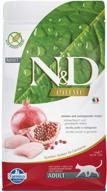
Grain-Free Farmina Natural And Delicious Chicken and Pomegranate Formula Dry Cat Food - 3.3 lb Bag

57 Review

🌿 Purina Pro Plan LiveClear with Probiotics for Allergy Reduction - Adult Dry Cat Food

75 Review
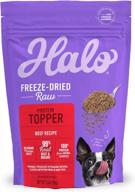
Freeze Dried Raw Beef Protein Topper - Halo, Real Meat Topper For All Life Stages, 3.5-OZ Bag

37 Review
Another interesting products

🐰 Cute Bunny Rabbit Hat with Ears for Cats & Small Dogs: Ideal Party Costume & Halloween Accessory by BWOGUE

9 Review
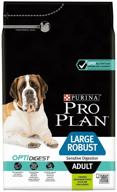
Dry dog food Pro Plan for large breeds with sensitive digestion with lamb 14 kg

10 Review
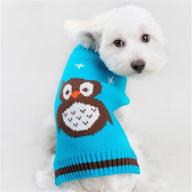
NACOCO Pet Clothes Owl Sweater: Perfect Christmas Dog Apparel for Cats and Dogs!

9 Review
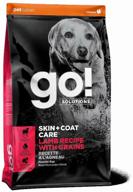
Dry dog food GO! Skin+Coat, for skin and coat health, lamb 1 pack. x 1 pc. x 11.3 kg

13 Review

